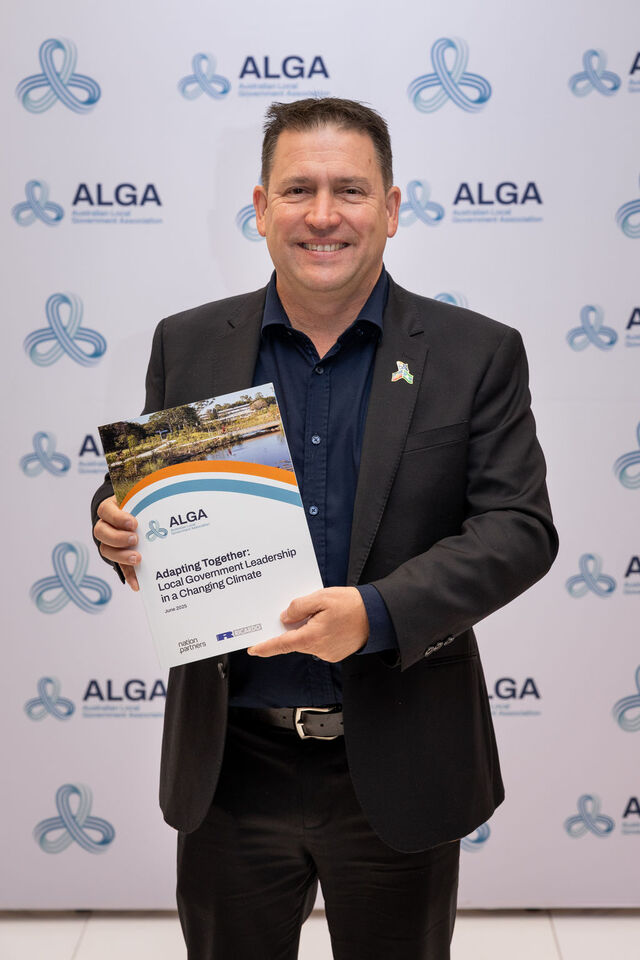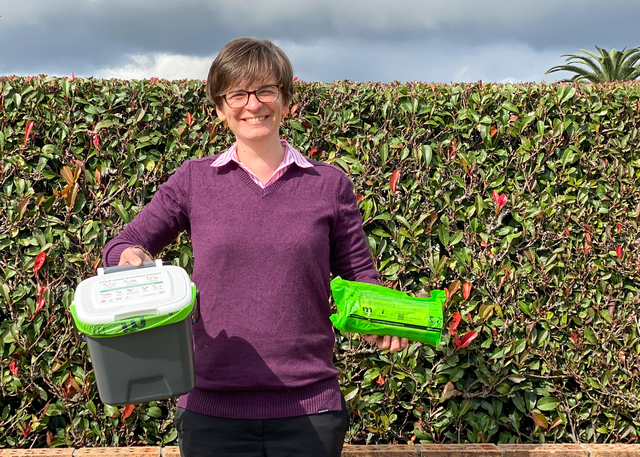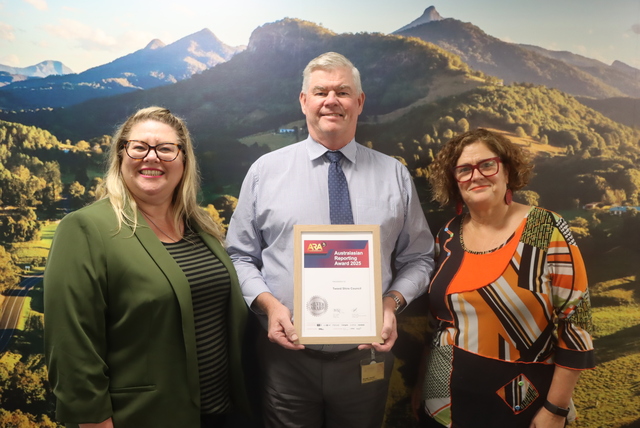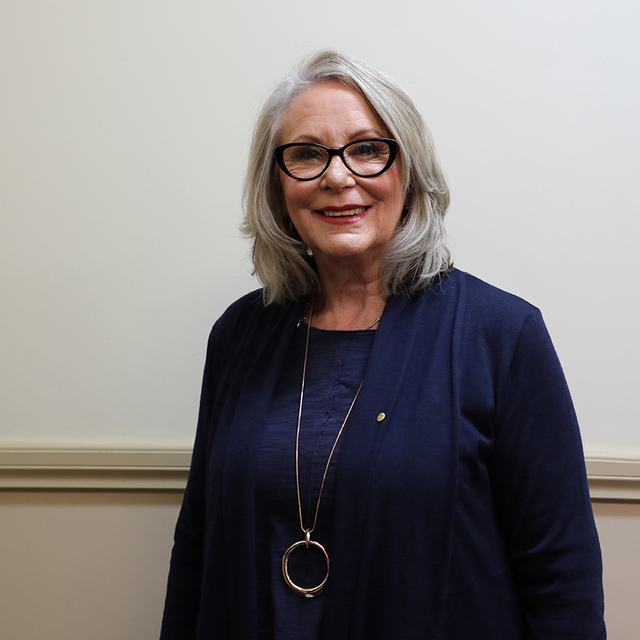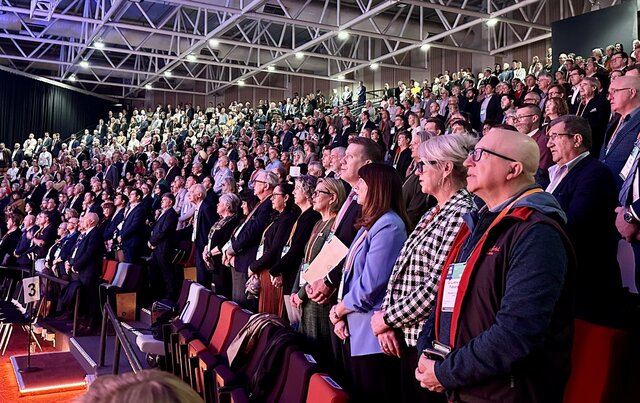Brisbane City Council has taken up the challenge to tackle drug issues head on with the launch of the Lord Mayor’s Illicit Drug Taskforce Report. The report contains Brisbane’s first Drug Action Plan identifying specific strategies and initiatives to reduce illicit drug related harms in the community.
Lord Mayor Jim Soorley said the plan is a first for Local Government in Australia. It is clear that illicit drug problems are escalating across Australia and that current policies and practices need to change to address this issue and to find real solutions,” said Cr Soorley.
“This report is designed to progress the debate on illicit drugs and their effect on our community. I hope it sparks more serious discussion at a government and community level about the best approach to this growing problem.” The report recognises that current emphasis on law enforcement in relation to illicit drugs is ineffective and costly in economic, social and personal terms.
The number of needles handed out in Brisbane alone is more than 2.2 million, with deaths and overdoses increasing, as are drug related crime and health problems such as hepatitis C. The Taskforce has concluded that there is a need for new and innovative approaches which have a focus on prevention, harm minimisation and user rehabilitation.
Though the Lord Mayor’s Illicit Drug Taskforce accepts that illicit drug use will occur in the community, it does not condone this use. It also does not suggest that law enforcement efforts to prevent drugs from reaching the ‘market’ should be reduced. However, the Taskforce does believe that a fundamental shift in drug policy is essential to reduce the harms experienced in the community.
The Lord Mayor’s Illicit Drug Taskforce was established in July 1998 following the recommendation by all Capital City Lord Mayor’s last year for new strategies to be adopted to tackle the growing problem of illicit drug use in Australian cities.
The Taskforce contained representation from a broad cross-section of the community including academics, media, the business sector, State Government, Brisbane City Council, user groups, and community organisations, as well as experts and practitioners from within the drug field in Brisbane.
Together the Taskforce has worked hard to develop a series of 52 recommendations which offer new approaches to the illicit drug problem, with the primary objective of saving lives, reducing harm to individuals and the community and making Brisbane a safer place to live.
While the issues relating to drug use continue to grow, Australia continues to direct 84% of all spending on illicit drugs to law enforcement, while only 6% is spent on actually treating those with drug related problems.
“The Taskforce recommends the main objectives of harm minimisation and education should be the policy and practice at a Federal and State level,” said Cr Soorley. “We must keep drug users safe and healthy until treatment and rehabilitation can become available and effective.”
“As part of the Brisbane Drug Action Plan, significant work will be undertaken by Council to develop community awareness and understanding of drug issues, reduce the impact of drug uses in public spaces, and to better manage needle disposal in Brisbane,” said Cr Soorley. “The Report clearly identifies that Council cannot work on this issue alone. It needs the support of all levels of government.”
The Plan identifies policy and legislative proposals for State and Federal governments to consider all treatment options including safe injecting rooms, a prescribed heroin trial and legislative options on cannabis. Importantly the Taskforce calls for a partnership with the State Government in relation to these issues.
The Brisbane Drug Action Plan maps out an integrated strategy of actions and partnerships for Council to implement over the next two to three years to reduce drug-related harms. The Plan has four main elements:
Community Awareness which aims to inform the community about illicit drug issues and break down some of the stereotypes and misconceptions. This includes a media campaign conducted through print, radio and TV. The core message of this campaign is, “We’ve all got a drug problem. Let’s find a real solution.” A series of public forums on drug issues is also planned, after the success of similar forums earlier this year.
Policy and Legislation Alternatives which contains proposals and strategies for Queensland State Government to consider, including a trial of safe injecting rooms, a cannabis cautioning program, and a trial of medically prescribed heroin.
Community Health and Safety which includes a comprehensive Sharps Management Strategy, which has already seen Council increase the number of sharps bins in the City from 30 to over 270.
Community Partnerships which is a series of initiatives which aim to build partnerships with the business community and other non government organisations including the establishment of a Brisbane working group involving Council, police, Queensland Health, the business sector and community organisations to regulate drug use in public spaces. Council will also support a Brisbane-based drug prevention project in 1999/2000.
As the level of government closest to the community, Brisbane City Council is ideally placed to play an important role in responding to the harms caused by illicit drug use. Council will be working hard to make many of the Taskforce Report’s recommendations a reality. This means focussing on a joint effort with all levels of government and the community.
Public forums have been organised across Brisbane in October and November to introduce the Brisbane Drug Action Plan to the community and discuss the strategies.
The Illicit Drug Taskforce Report is available on the World Wide Web through the Brisbane City Council Home page at www.brisbane.qld.gov.au


